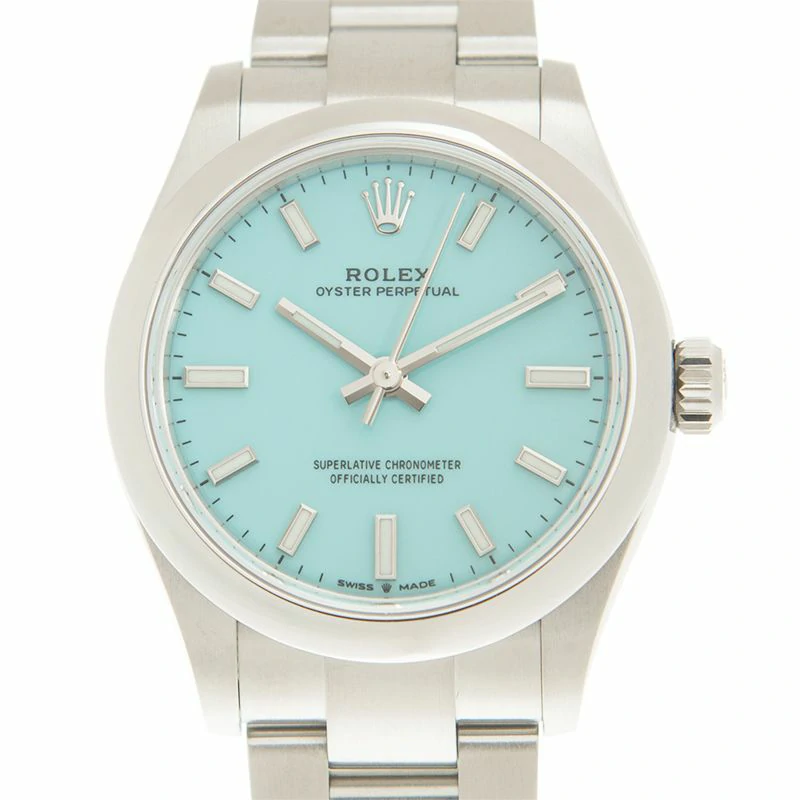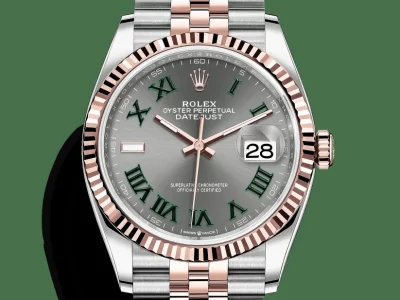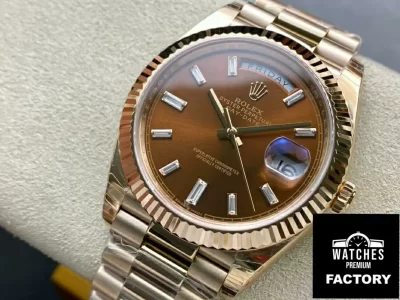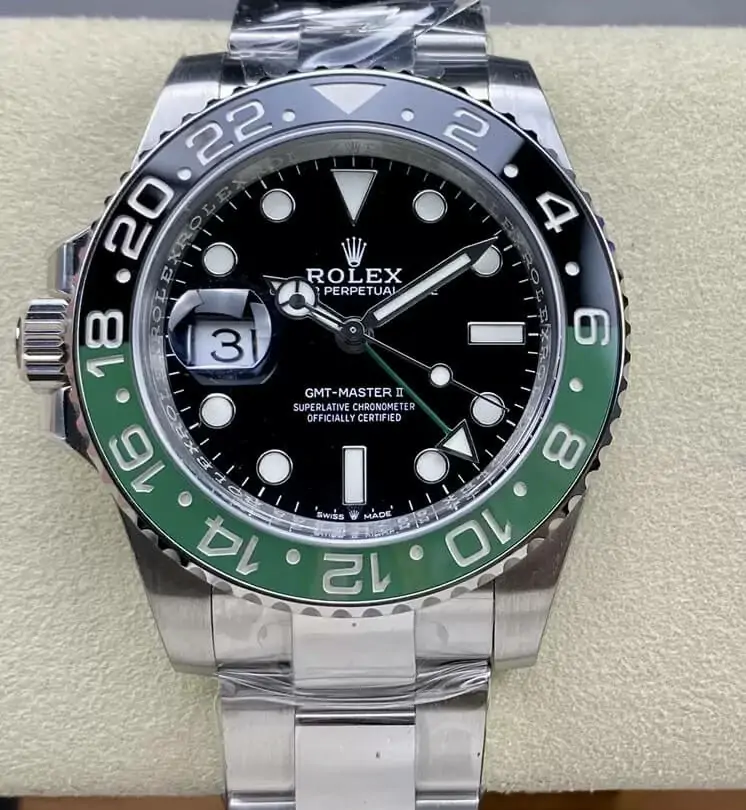The Story behind the Rolex Name and Logo
Celebrated for its precision, craftsmanship, and elegance, the name Rolex epitomizes quality and distinction. Yet, the origins and evolution of this renowned brand name and its emblematic logo remain veiled in relative obscurity. Join us on a journey through time as we unravel the captivating history of Rolex’s nomenclature and insignia, tracing their inception from the company’s nascent beginnings to their enduring prominence today. Amidst varied theories and legends surrounding their creation, we aim to shed light on the rich heritage and enduring allure of the esteemed Rolex brand.
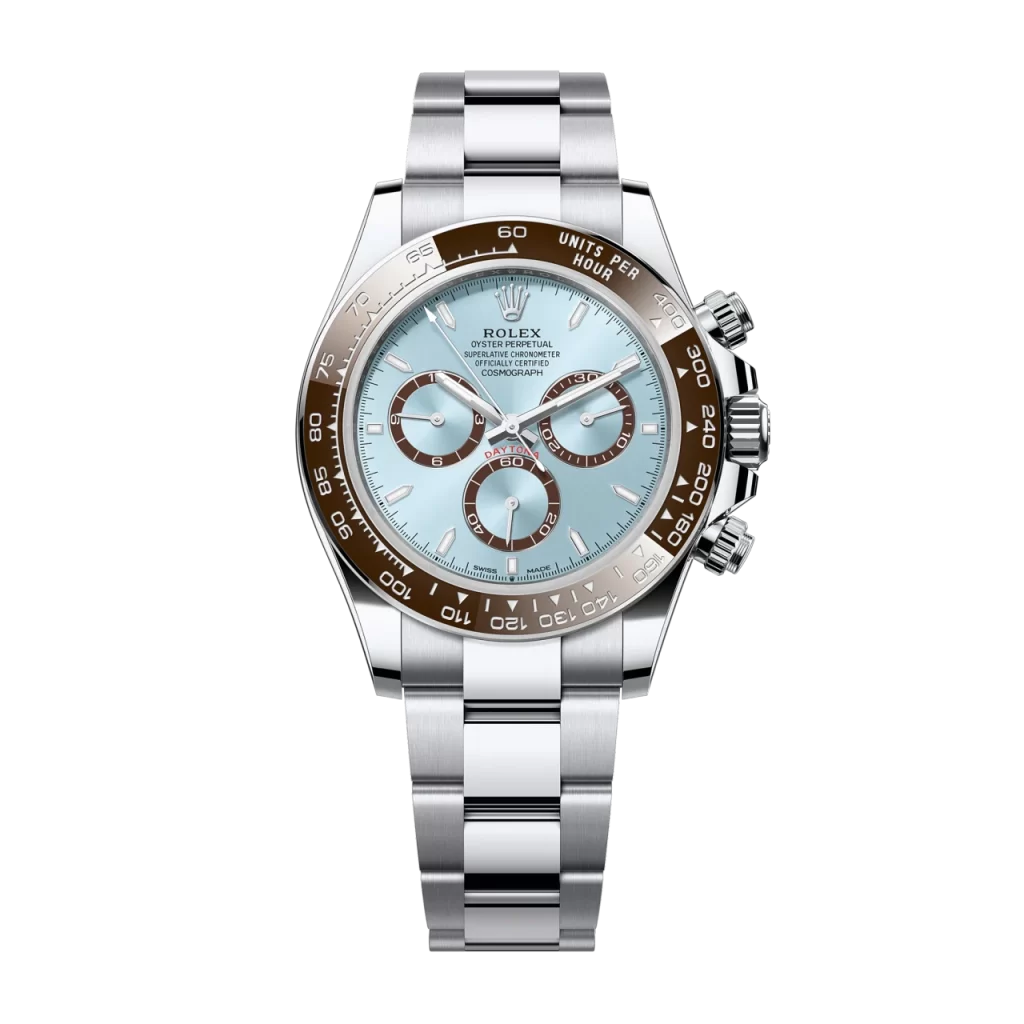
The Genesis of the Rolex Name:
Rolex’s inception dates back to 1905, when Hans Wilsdorf and Alfred Davis established the company in London, England. Interestingly, Wilsdorf, not a watchmaker himself, and Davis initially imported Swiss movements from Hermann Aegler, fitting them into watch cases sourced from other craftsmen. In the early years, they operated as assemblers rather than manufacturers. It wasn’t until 1908 that they trademarked the name ‘Rolex’ for their burgeoning enterprise. Three years later, they relocated to La Chaux-de-Fonds, Switzerland, and rebranded as Rolex. This strategic move, post-World War I, aimed not only to evade post-war taxes in Britain but also to realize Wilsdorf’s vision of crafting elegant and dependable watches. Notably, clone Rolex‘s foundational innovations, including the Oyster case and self-winding movement, predated its relocation to Switzerland, with subsequent advancements solidifying its reputation for excellence.
Unraveling the Origin of the ‘Rolex’ Moniker:
Initially christened as Wilsdorf & Davis, the company adopted the name ‘Rolex’ in 1908, marking a pivotal moment in its history. The genesis of this distinctive appellation has sparked various conjectures and legends. In a speech delivered by Wilsdorf in 1958, he recounted a moment of epiphany aboard a horse-drawn omnibus in Cheapside, London, where the name ‘Rolex’ seemingly materialized in his mind. Enamored by its resonance, Wilsdorf promptly embraced it as the company’s identity. Despite this colorful narrative, the true origins of the name remain shrouded in mystery, with speculation rife about its etymology.
The Enigmatic Origins of the Rolex Logo:
While the ‘Rolex’ name emerged in 1908, its iconic crown emblem wasn’t registered until 1931. Prior to this, early Rolex replica watches bore either the simple script of ‘Rolex’ or ‘Wilsdorf & Davis.’ The coronet, synonymous with the brand today, was conceptualized following the company’s rebranding as Rolex SA in 1925. Initially adorning watch dials, the coronet’s inclusion on winding crowns in the 1950s further solidified its significance. Despite its ubiquity, the coronet’s genesis remains shrouded in secrecy, giving rise to diverse conjectures about its symbolic connotations.
Speculations Surrounding the Coronet’s Design:
Much like the enigmatic origins of the Rolex name, the coronet’s design has spawned a myriad of theories and speculations. Some interpret its regal motif as emblematic of Rolex’s prestige and authority, akin to a royal crown. Others speculate on deeper symbolic meanings, with conjectures ranging from representations of human anatomy to allegorical depictions of nature. However, Rolex remains tight-lipped about the true inspiration behind its iconic emblem, fueling ongoing debate and intrigue.
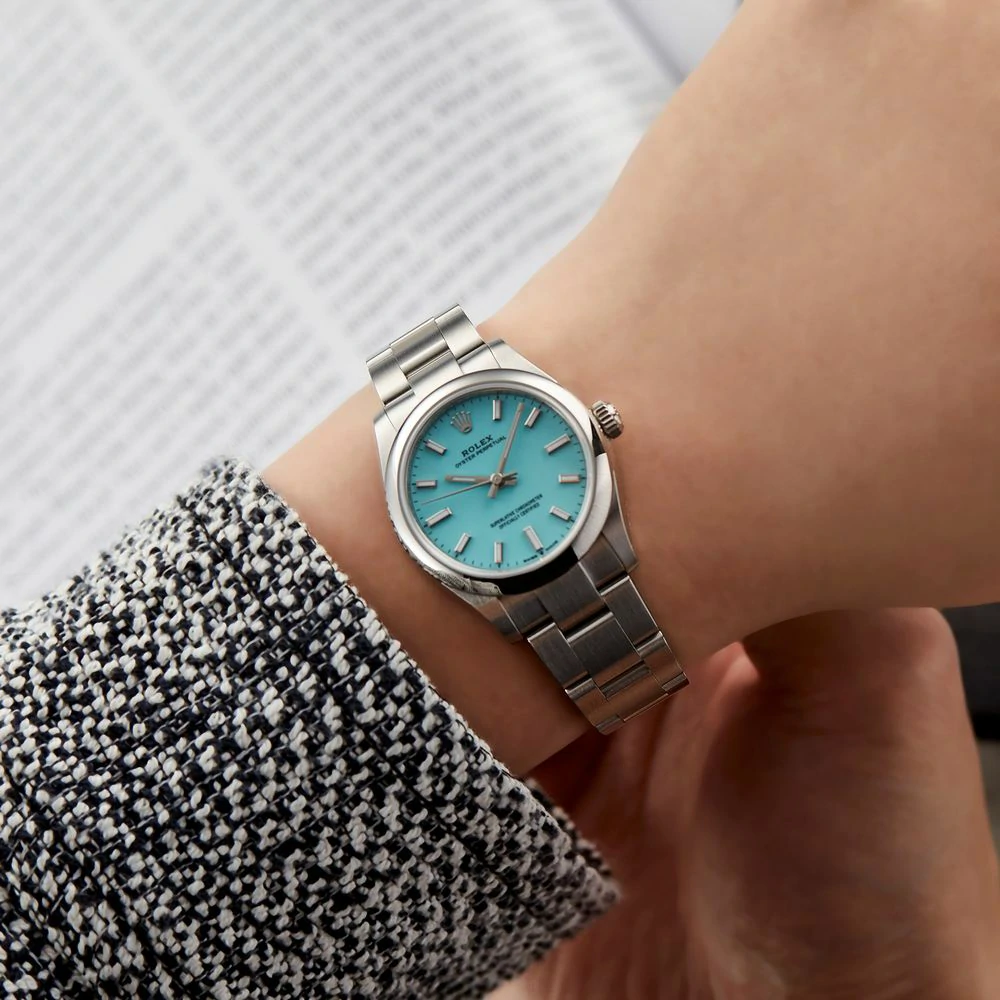
Evolution of the Coronet Emblem:
Since its inception, the replica Rolex crown emblem has undergone subtle transformations, yet its essence remains unaltered. From its early appearance in gold script to its integration onto watch dials and winding crowns, the coronet has endured as a symbol of luxury and excellence. Despite minor revisions in color and design over the decades, the coronet’s enduring presence underscores Rolex’s commitment to tradition and innovation.
The Rolex name and logo stand as enduring symbols of luxury, precision, and timeless elegance. Rooted in a rich tapestry of history and innovation, they encapsulate the brand’s legacy of excellence and craftsmanship. Through meticulous attention to detail and unwavering commitment to quality, Rolex has transcended mere timekeeping to become an icon of prestige and sophistication. As a beacon of enduring style and refinement, the Rolex name and logo continue to captivate discerning enthusiasts and collectors worldwide, embodying the pinnacle of watchmaking excellence.
